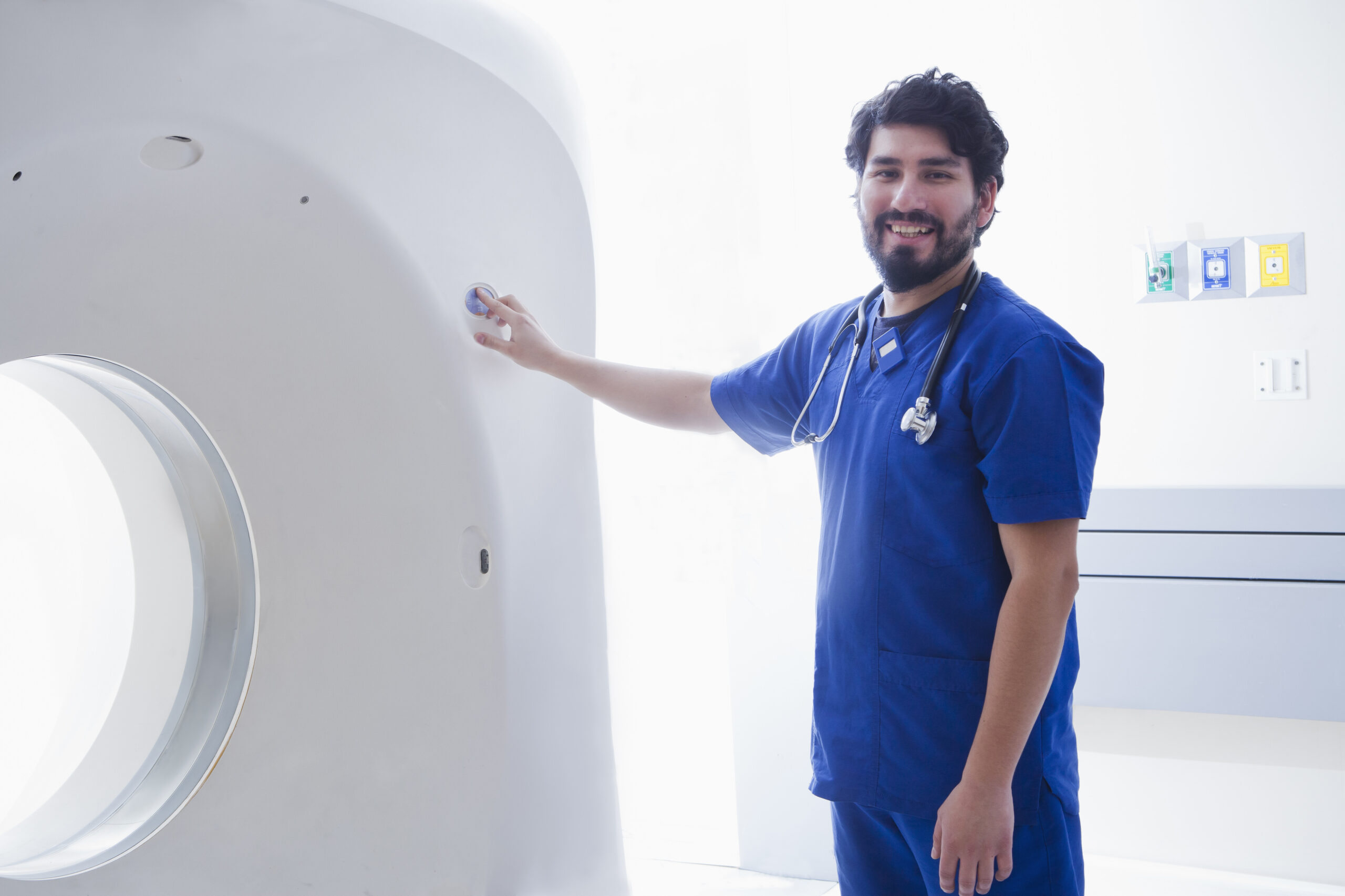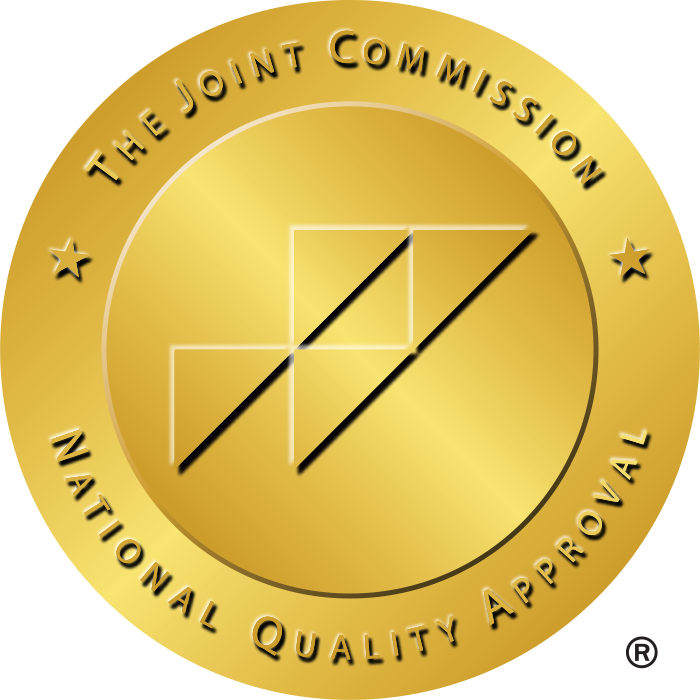Perks Of Working In Long-Term Care Vs. Hospitals: Which Is Right For You?
As a healthcare professional, making the ultimate choice of whether to work in long-term care or hospitals is indeed a big decision. Both types of jobs have their unique set of advantages as well as challenges.
It is because of the presence of these very factors that it becomes essential for healthcare professionals to be aware of everything related to their jobs – be it work environment, patient interaction, salary potential, and career growth.
So, if you are a healthcare professional whose job search also comprises terms such as ‘nursing jobs near me’, ‘RN jobs near me’, or ‘physician assistant jobs near me’, then it is very important that you are aware of the major differences that exist between these two fields to land yourself a career path that is more appropriate for you. It would also ultimately help you make an ultimate informed decision regarding your future.

Work Environment and Job Responsibilities
To learn more about working in a long-term care facility as well as in a hospital, it is important that we first understand what each of these job roles revolves around.
Given in the preceding section is a detailed overview of the different factors involved in both job roles.
Long-Term Care Facilities
Long-term care facilities include nursing homes and assisted living centres. They are involved mainly in caring for elderly or chronically ill patients who need both medical and individual (personal) care.
Healthcare professionals such as registered nurses (RNs), certified nursing assistants (CNAs), and physical therapists work closely in collaboration with resident doctors to manage the healthcare needs of the involved patients in such setups.
- Consistent Patient Interaction:
One of the biggest perks of working in long-term healthcare facilities is that one can form a long-term relationship with their patients. This is indeed a great advantage for people who like interactions as it helps them form meaningful connections and provide personalized care to their patients accordingly. - Less Hectic Work Environment:
The work environment in long-term care facilities maintains a steady schedule along with a calm operational atmosphere due to their distinct and obvious less-chaotic differences from hospitals.
- Opportunities for Specialization:
In many long-term care nursing care, the care needs of dementia patients, individuals with mobility challenges, as well as patients with chronic illnesses in long-term care enables nurses to build specialized knowledge in geriatric care.
Hospitals
Hospitals give acute, short-term medical care to patients for various diverse medical conditions ranging from emergencies to surgical procedures. The roles required for such a setup include surgeons, physician assistants, respiratory therapists, sterile processing technicians, and radiology techs.
- Fast-Paced Environment: The hospital workspace features a fast-working, rapid pace which demands medical staff to process various cases each day while making quick decisions and adapting their approach.
- Variety of Specializations: Working in a hospital allows healthcare professionals to choose opportunities from a wide range of medical areas including pediatrics, NICU, PACU, CVICU, and telemetry units.
- Advanced Technology and Equipment: The professionals working in hospitals, such as MRI techs, ultrasound technicians and anesthesia techs use state-of-the-art equipment and advanced technology to perform their duties.
Salary and Career Growth
Career decisions heavily rely on salary levels. The salary of healthcare professionals varies on several factors and changes according to their professional roles, work experience, timings, and geographical location.
Here is a comparison presenting salary information between hospital staff and long-term care workers:
- Registered Nurse (RN) Salary: Hospitals offer higher salaries to their registered nurses (RNs) because of their demanding job nature. RN jobs in hospitals typically pay their staff members more per hour than RN jobs in long-term care settings.
- Certified Nursing Assistant (CNA) Salary: The pay rate for a CNA might be slightly on the lower side in long-term care facilities, but their working shifts show consistent, more predictable patterns.
- Ultrasound Technician Salary And MRI Tech Salary: Advanced imaging technology in healthcare institutions allows ultrasound technicians and MRI techs to receive good salary packages, which further depend on their experience levels and work shift hours.
- Physician Assistant Salary: Hospital-based PAs receive higher salary compensation because they treat complex medical cases.
- Respiratory Therapist Salary: Health facilities tend to give respiratory therapists higher compensation levels which become especially ideal for ICU, PACU and CVICU units.
- Pharmacist Salary & CRNA Salary: The earning potential for hospital-based pharmacists and CRNA professionals remains significant because they receive higher wage packages.
Hospital employees can advance their careers through formal leadership positions and obtain healthcare preparation certificates that include CHSE, CCRN and NRP certification while becoming specialized in challenging fields like oncology, neurology, and interventional radiology.
Work-Life Balance and Job Flexibility
Long-term care settings create stable working hours and limit after-hours work and emergencies, thus making them suitable for healthcare professionals who need a balanced work-life dynamic.
Medical facilities in long-term care provide round-the-clock 24/7 services that require their staff including nurses along with surgical techs and respiratory therapists to adopt rotating shifts, covering weekends together with public holidays.
So, if it is job flexibility that you prefer, considering working as a travel nurse, travel respiratory therapist, or travel surgical tech provides professionals with flexible employment opportunities to work in various settings across the nation at attractive compensation rates. Additionally, one can also opt for remote nurse jobs and pharmacist remote jobs to fulfil the demand for telehealth consulting roles.

Job Availability and Career Stability
Both hospitals and long-term care facilities consistently face a shortage of medical professionals in their workforce. During several times of the year, there are plenty of healthcare jobs including RN jobs, CNA jobs as well as occupational therapy jobs in both work settings.
Hospitals enable healthcare workers to work in more specific fields of specialization together with multiple professional advancement opportunities.
Long-term care facilities experience rising demands for physical therapists, speech-language pathologists, and nurse practitioners due to the increasing number of elderly populations in their settings. Professionals pursuing geriatric care will find long-term facilities that provide reliable employment prospects in the field.
Which Career Path is Right for You?
The decision between choosing to work in long-term care facilities and hospitals depends on your career aspirations, long-term life goals, and your personality type in addition to your preferred lifestyle. You might want to consider the following factors:
- If you enjoy building long-term patient relationships and prefer maintaining extended patient connections while maintaining a calm work schedule, you should work in a long-term care facility.
- If you thrive in a fast-paced, high-pressure environment and want exposure to a wide range of unique medical cases, pursuing a career in a hospital might be more fulfilling.
- If you seek flexibility, explore travel jobs, remote pharmacist jobs, or telehealth nursing roles together with remote pharmaceutical work and telehealth nursing roles which unite security with travel opportunities might be the best fit for you.
Final Thoughts
Regardless if you are looking for hospitalist jobs, travel CNA jobs, or surgical tech jobs, both long-term care facilities and hospitals offer rewarding career opportunities.
However, before diving into a decision, evaluate the goals you set for yourself both personally and professionally, check what the salary range is, and what your work-life balance requires.
It does not really matter what choice you end up deciding on, the healthcare industry is sure to have ample options for you to develop and find satisfaction.
If you’re ready to take the next step, check out healthcare staffing agencies, allied travel careers, and nursing jobs near me to find the perfect fit for your career path!
Perks Of Working In Long-Term Care Vs. Hospitals: Which Is Right For You?
As a healthcare professional, making the ultimate choice of whether to work in long-term care or hospitals is indeed a big decision. Both types of jobs have their unique set of advantages as well as challenges.
It is because of the presence of these very factors that it becomes essential for healthcare professionals to be aware of everything related to their jobs – be it work environment, patient interaction, salary potential, and career growth.
So, if you are a healthcare professional whose job search also comprises terms such as ‘nursing jobs near me’, ‘RN jobs near me’, or ‘physician assistant jobs near me’, then it is very important that you are aware of the major differences that exist between these two fields to land yourself a career path that is more appropriate for you. It would also ultimately help you make an ultimate informed decision regarding your future.

Work Environment and Job Responsibilities
To learn more about working in a long-term care facility as well as in a hospital, it is important that we first understand what each of these job roles revolves around.
Given in the preceding section is a detailed overview of the different factors involved in both job roles.
Long-Term Care Facilities
Long-term care facilities include nursing homes and assisted living centres. They are involved mainly in caring for elderly or chronically ill patients who need both medical and individual (personal) care.
Healthcare professionals such as registered nurses (RNs), certified nursing assistants (CNAs), and physical therapists work closely in collaboration with resident doctors to manage the healthcare needs of the involved patients in such setups.
- Consistent Patient Interaction:
One of the biggest perks of working in long-term healthcare facilities is that one can form a long-term relationship with their patients. This is indeed a great advantage for people who like interactions as it helps them form meaningful connections and provide personalized care to their patients accordingly. - Less Hectic Work Environment:
The work environment in long-term care facilities maintains a steady schedule along with a calm operational atmosphere due to their distinct and obvious less-chaotic differences from hospitals.
- Opportunities for Specialization:
In many long-term care nursing care, the care needs of dementia patients, individuals with mobility challenges, as well as patients with chronic illnesses in long-term care enables nurses to build specialized knowledge in geriatric care.
Hospitals
Hospitals give acute, short-term medical care to patients for various diverse medical conditions ranging from emergencies to surgical procedures. The roles required for such a setup include surgeons, physician assistants, respiratory therapists, sterile processing technicians, and radiology techs.
- Fast-Paced Environment: The hospital workspace features a fast-working, rapid pace which demands medical staff to process various cases each day while making quick decisions and adapting their approach.
- Variety of Specializations: Working in a hospital allows healthcare professionals to choose opportunities from a wide range of medical areas including pediatrics, NICU, PACU, CVICU, and telemetry units.
- Advanced Technology and Equipment: The professionals working in hospitals, such as MRI techs, ultrasound technicians and anesthesia techs use state-of-the-art equipment and advanced technology to perform their duties.
Salary and Career Growth
Career decisions heavily rely on salary levels. The salary of healthcare professionals varies on several factors and changes according to their professional roles, work experience, timings, and geographical location.
Here is a comparison presenting salary information between hospital staff and long-term care workers:
- Registered Nurse (RN) Salary: Hospitals offer higher salaries to their registered nurses (RNs) because of their demanding job nature. RN jobs in hospitals typically pay their staff members more per hour than RN jobs in long-term care settings.
- Certified Nursing Assistant (CNA) Salary: The pay rate for a CNA might be slightly on the lower side in long-term care facilities, but their working shifts show consistent, more predictable patterns.
- Ultrasound Technician Salary And MRI Tech Salary: Advanced imaging technology in healthcare institutions allows ultrasound technicians and MRI techs to receive good salary packages, which further depend on their experience levels and work shift hours.
- Physician Assistant Salary: Hospital-based PAs receive higher salary compensation because they treat complex medical cases.
- Respiratory Therapist Salary: Health facilities tend to give respiratory therapists higher compensation levels which become especially ideal for ICU, PACU and CVICU units.
- Pharmacist Salary & CRNA Salary: The earning potential for hospital-based pharmacists and CRNA professionals remains significant because they receive higher wage packages.
Hospital employees can advance their careers through formal leadership positions and obtain healthcare preparation certificates that include CHSE, CCRN and NRP certification while becoming specialized in challenging fields like oncology, neurology, and interventional radiology.
Work-Life Balance and Job Flexibility
Long-term care settings create stable working hours and limit after-hours work and emergencies, thus making them suitable for healthcare professionals who need a balanced work-life dynamic.
Medical facilities in long-term care provide round-the-clock 24/7 services that require their staff including nurses along with surgical techs and respiratory therapists to adopt rotating shifts, covering weekends together with public holidays.
So, if it is job flexibility that you prefer, considering working as a travel nurse, travel respiratory therapist, or travel surgical tech provides professionals with flexible employment opportunities to work in various settings across the nation at attractive compensation rates. Additionally, one can also opt for remote nurse jobs and pharmacist remote jobs to fulfil the demand for telehealth consulting roles.

Job Availability and Career Stability
Both hospitals and long-term care facilities consistently face a shortage of medical professionals in their workforce. During several times of the year, there are plenty of healthcare jobs including RN jobs, CNA jobs as well as occupational therapy jobs in both work settings.
Hospitals enable healthcare workers to work in more specific fields of specialization together with multiple professional advancement opportunities.
Long-term care facilities experience rising demands for physical therapists, speech-language pathologists, and nurse practitioners due to the increasing number of elderly populations in their settings. Professionals pursuing geriatric care will find long-term facilities that provide reliable employment prospects in the field.
Which Career Path is Right for You?
The decision between choosing to work in long-term care facilities and hospitals depends on your career aspirations, long-term life goals, and your personality type in addition to your preferred lifestyle. You might want to consider the following factors:
- If you enjoy building long-term patient relationships and prefer maintaining extended patient connections while maintaining a calm work schedule, you should work in a long-term care facility.
- If you thrive in a fast-paced, high-pressure environment and want exposure to a wide range of unique medical cases, pursuing a career in a hospital might be more fulfilling.
- If you seek flexibility, explore travel jobs, remote pharmacist jobs, or telehealth nursing roles together with remote pharmaceutical work and telehealth nursing roles which unite security with travel opportunities might be the best fit for you.
Final Thoughts
Regardless if you are looking for hospitalist jobs, travel CNA jobs, or surgical tech jobs, both long-term care facilities and hospitals offer rewarding career opportunities.
However, before diving into a decision, evaluate the goals you set for yourself both personally and professionally, check what the salary range is, and what your work-life balance requires.
It does not really matter what choice you end up deciding on, the healthcare industry is sure to have ample options for you to develop and find satisfaction.
If you’re ready to take the next step, check out healthcare staffing agencies, allied travel careers, and nursing jobs near me to find the perfect fit for your career path!







